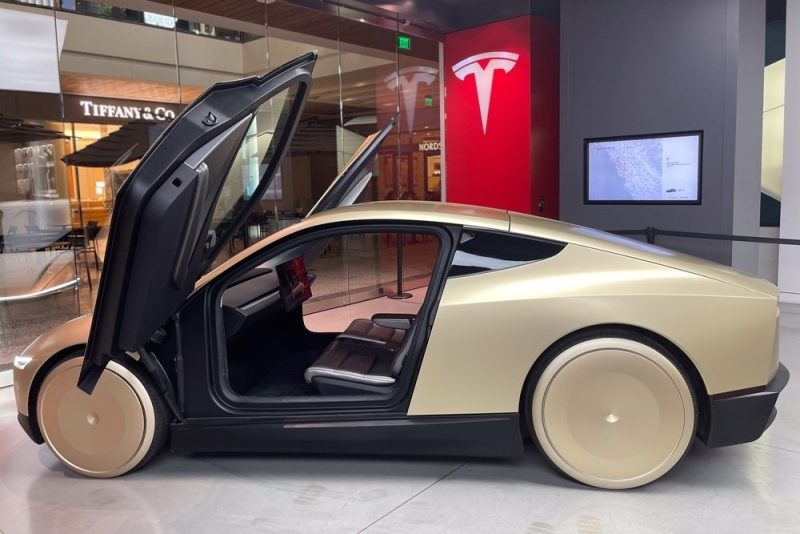
Tesla is making significant strides in its autonomous vehicle technology. The company has just received approval to begin testing its self-driving robotaxis in Arizona, a key development that expands its testing footprint beyond its initial focus in Austin, Texas. This marks a significant step forward for Tesla’s ambitious plans to deploy a fully autonomous ride-hailing service. The Arizona tests will involve vehicles equipped with safety monitors, ensuring a layer of oversight during the crucial testing phase. This cautious approach demonstrates Tesla’s commitment to safety while pushing the boundaries of autonomous driving technology.
This expansion into Arizona is a strategic move for several reasons. Arizona’s diverse road conditions and climate provide a valuable testing environment, allowing Tesla to further refine its self-driving system in a variety of scenarios. The state’s relatively permissive regulatory environment also likely played a role in the decision, facilitating a smoother testing process compared to some other jurisdictions. This move underscores the increasing competition in the autonomous vehicle market, with companies like Alphabet’s Waymo and Cruise already operating autonomous vehicle programs in various states.
The success of Tesla’s robotaxi program could have a profound impact on the transportation industry. A widely available and reliable robotaxi service could revolutionize urban mobility, potentially reducing traffic congestion, improving accessibility, and offering a more convenient and affordable transportation option for many. However, significant challenges remain, including ensuring the safety and reliability of the technology in various real-world conditions, overcoming regulatory hurdles, and addressing public concerns about the safety and ethical implications of autonomous vehicles.
The Arizona testing phase will be a crucial period for Tesla to gather valuable data and fine-tune its technology. The results will undoubtedly influence the company’s broader rollout strategy and could significantly shape the future of autonomous driving.










